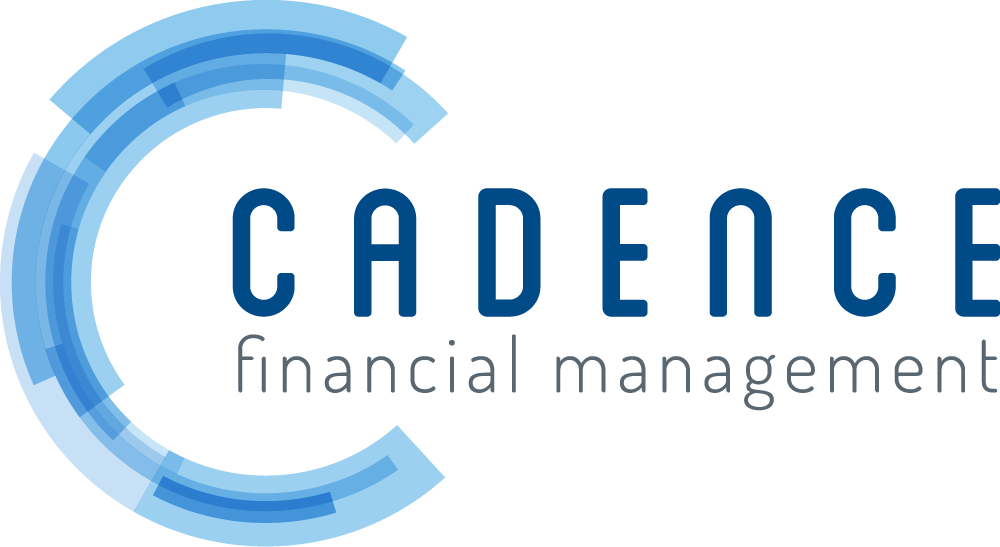How Resuming Student Loan Payments Affects Sponsors
Starting August 29, student loan payments will be back on after a 3-year pause. What does this mean for plan sponsors? As employees prepare to, once again, deal with the financial burden of student loans, sponsors have an opportunity to help lessen the load and ensure retirement contributions don’t fall to the wayside.
One way employers can do this is by implementing an optional change laid out by the Secure Act 2.0. This provision allows employees to continue receiving retirement matching benefits from employers while forgoing retirement contributions to focus on repaying student loans. These payments would be treated as retirement contributions, meaning employers would match them based on the plan design features already in place. This provision wouldn’t cause any unnecessary extra work for sponsors. Employers can rely on an employee’s self-certification to ensure the loan payments are being made and can continue matching contributions based on the same vesting schedule. For most student debt holders, this provision could save years of lost retirement savings.
Not only does the implementation of this program benefit employees’ finances, but it can also be cost-effective to employers. First, the contributions being made under this provision are contributions that would have otherwise been made if the employee was still contributing to the 401(k). Therefore, this student loan aid approach is more cost efficient than most other approaches. If the employer were to add a new student loan benefit program, it would result in additional costs for the employer. For example, student loan repayment dollars given directly to employees are still treated as taxable income, whereas 401(k) contributions are not taxable. Tax advantages like this are generally hard to come by within typical student loan repayment benefits.
Towards the end of August, employees will be scrambling to find ways to balance student loan payments with their current savings contributions. The adoption of this benefit would support employee participation in retirement plans, despite overwhelming student debt, and would serve as a competitive advantage when it comes to recruiting and attaining employees.
Sources:
https://smartasset.com/financial-advisor/the-secure-2-0-act-student-loan-matching
This material was created to provide accurate and reliable information on the subjects covered but should not be regarded as a complete analysis of these subjects. It is not intended to provide specific legal, tax or other professional advice. The services of an appropriate professional should be sought regarding your individual situation. The material presented was created by RPAG. Securities, investment advisory, and financial planning services offered through qualified registered representatives of MML Investors Services, LLC. Member SIPC (www.sipc.com). Supervisory Office: 16 Campus Blvd, Newtown Square, PA 19073. Cadence Financial Management, LLC is not a subsidiary or affiliate of MML Investors Services, LLC or its affiliated companies. ACR# 5873726 08/23
